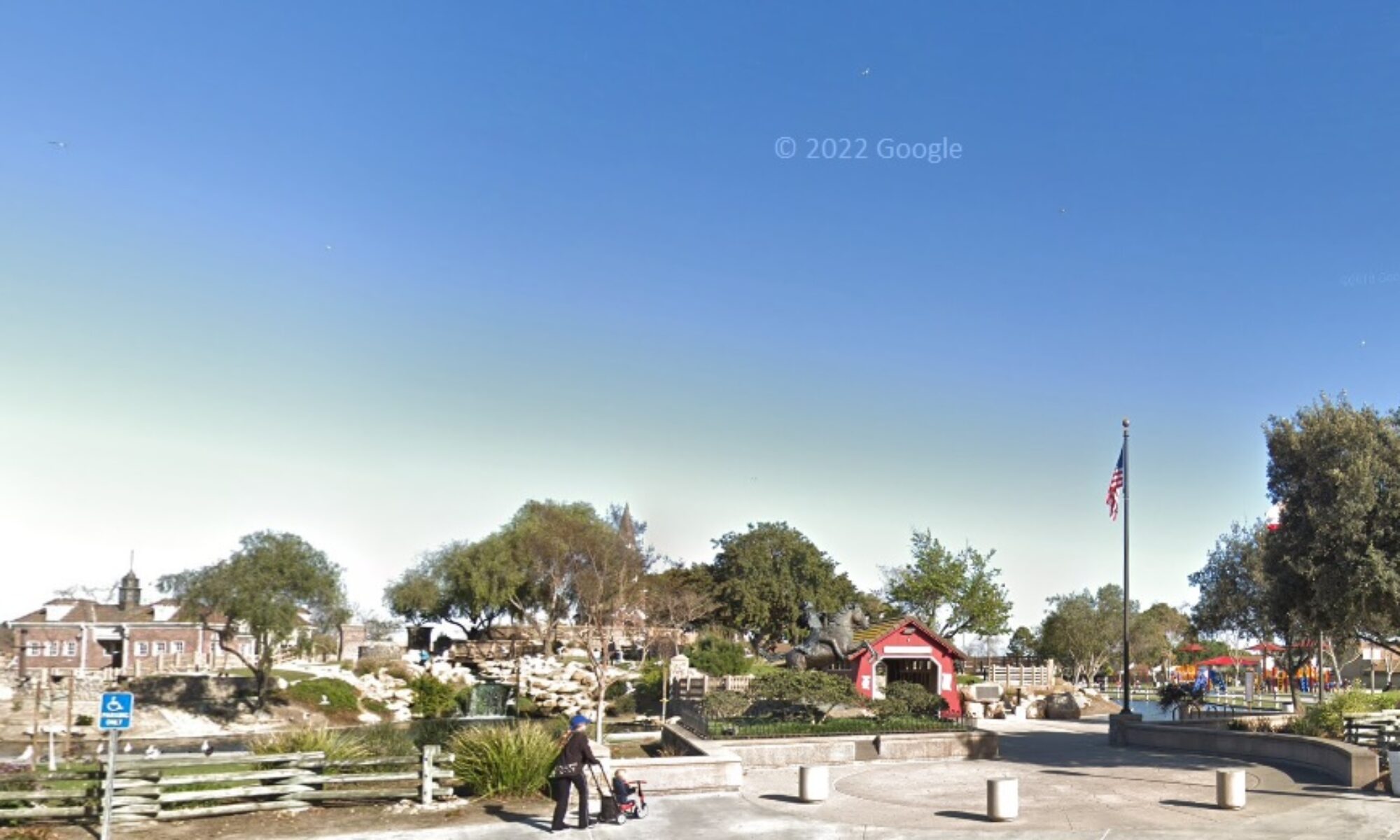A strange phenomena has been gaining attention in this remote high desert of southwest Texas. Marfa Lights, at least the ones classified scientifically as “CE-III,” have defied scientific explanation for many years. A new study reveals interesting similarities with other flying lights observed around the world, resulting in a hypothesis that the “dancing” lights of Marfa come from the bioluminescence of a group of flying predators that may not yet be classified by science.
The new hypothesis, outlined in the news release “Unmasking a Flying Predator in Texas,” has received little support from most scientists who have recently become aware of the idea. It involves a group of intelligent flying creatures that glow brightly with intrinsic bioluminescence, while they hunt the Big Brown Bat, that lives in caves in this part of Texas. The idea is that the glow from the predators attracts insects which attract bats, making it easier for the larger flying predators to catch and eat the bats. The bioluminescent creatures themselves are not thought to eat insects.
To quote from that press release:
In southwest Texas, local residents have speculated about dancing devils or ghosts. Scientists have preferred something along the lines of ball lightning or earthlights, but all their scientific explanations have tripped over the resemblances to line dancing. If atmospheric energies or tectonic stresses cause the displays, why do two lights horizontally separate for a long distance before coming back together?
Now a cryptozoologist from California has explained the dancing lights of Marfa. Tales of spooks may hold a spark of truth, for recent research implies intelligence directs the lights: Bioluminescent flying predators may be hunting at night and catching a few unlucky Big Brown Bats: Eptesicus fuscus.
Other web sites have sprung up:
Marfa Lights Are Not All Car Headlights
Sometimes a ball of light seems to split into two, with a separation and eventual reunion. Some of the local residents refer to that kind of activity as “dancing.” . . . A few American cryptozoologists, including the Californians Jonathan Whitcomb and Garth Guessman, and the Texan Paul Nation, have researched and searched for bioluminescent flying creatures described like Rhamphorhynchoid pterosaurs. For years, one or two Americans at a time would travel to Papua New Guinea to search for the elusive nocturnal ropen . . . with limited success in remote jungles. Only recently has it been considered that this creature (or one like it) seems to also live in North America, including Texas.
The flying Marfa Lights of southwest Texas have been compared with the ropen of Papua New Guinea. There the lights have been correlated with appearances of large and giant long-tailed flying creatures, featherless and resembling Rhamphorhynchoid pterosaurs (long-tailed “pterdactyls”).


